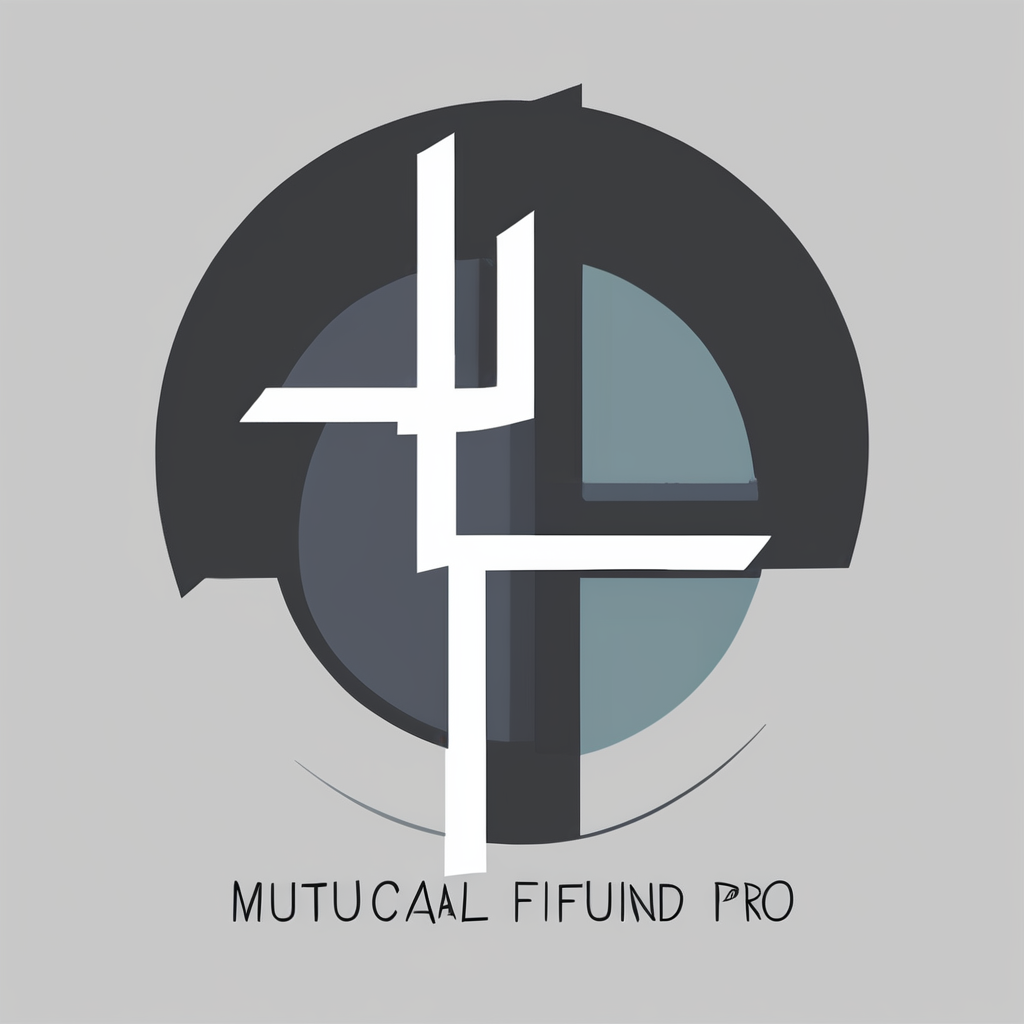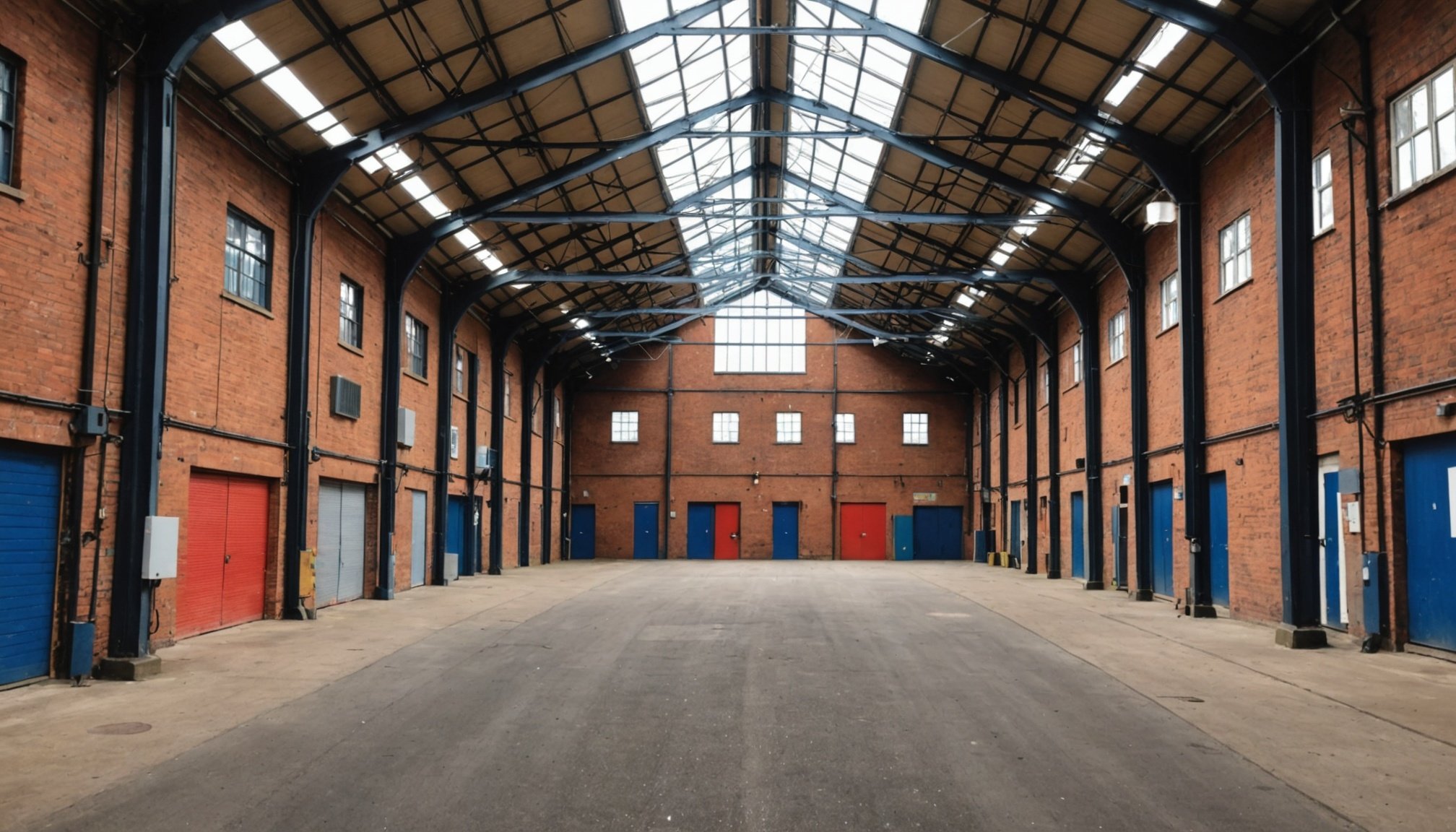Unlocking Profit Potential: A Guide to Calculating Rental Yield on Converted Warehouse Properties in Birmingham
Understanding Rental Yield: The Key to Property Investment
When it comes to investing in real estate, particularly in converted warehouse properties, understanding the concept of rental yield is crucial. Rental yield is a metric that helps investors gauge the profitability of their property investment. It is calculated by dividing the annual rental income by the property’s value, resulting in a percentage. The higher the yield, the more profitable the investment.
Why Birmingham?
Birmingham, a vibrant and rapidly growing city, offers several compelling reasons for investors to consider it for their next property investment.
Cela peut vous intéresser : Unlocking Financial Benefits: A Guide to Fiscal Incentives for Energy-Efficient Building Construction in the UK
- Rental Price Growth: Similar to Manchester, Birmingham has seen significant growth in rental prices, driven by high demand and limited supply. This trend is expected to continue, making it an attractive market for buy-to-let investors.
- High Rental Yields: Birmingham’s average rental yields are competitive, especially in areas that are undergoing regeneration and development. This makes it an excellent choice for those seeking strong financial returns.
- Capital Growth: Property values in Birmingham are on the rise, driven by infrastructure developments and the city’s growing popularity. This dual benefit of rental income and capital growth makes Birmingham a hotspot for real estate investment.
- Desirable Location: Birmingham is a desirable place to live, work, and visit, with a rich cultural scene, excellent educational institutions, and a thriving business environment.
Calculating Rental Yield: A Step-by-Step Guide
To calculate the rental yield of a converted warehouse property in Birmingham, you need to follow these steps:
Step 1: Determine the Annual Rental Income
This is the total amount of rent you expect to receive from the property in a year. For example, if the monthly rent is £1,500, the annual rental income would be £18,000.
Lire également : The Impact of Ultra-Fast Broadband Expansion on Home Values in Remote UK Areas: A Comprehensive Analysis
Step 2: Determine the Property’s Value
This is the purchase price of the property or its current market value. For instance, if you purchased the property for £250,000, this would be your base value.
Step 3: Calculate the Rental Yield
Divide the annual rental income by the property’s value and multiply by 100 to get the percentage.
Rental Yield = (Annual Rental Income / Property Value) * 100
Using the example above:
Rental Yield = (£18,000 / £250,000) * 100 = 7.2%
Factors Affecting Rental Yield
Several factors can influence the rental yield of a property:
Location
Properties in prime locations, such as the city centre or areas with high demand, tend to have higher rental yields. For example, areas like the Birmingham City Centre or the Digbeth Creative Quarter may offer higher yields due to their desirability.
Property Type
Converted warehouse properties, especially those with unique features or in trendy areas, can command higher rents and thus higher yields.
Market Conditions
The overall state of the real estate market, including demand and supply dynamics, can impact rental yields. In a market with high demand and limited supply, rental yields are likely to be higher.
Property Management
Effective property management can significantly impact rental yields. This includes maintaining the property, managing tenants, and ensuring timely rent payments.
Tax Considerations for Rental Income
When investing in rental properties, it’s essential to understand the tax implications.
- Income Tax: Rental income is subject to income tax. Investors can deduct certain expenses, such as mortgage interest, property maintenance, and management fees, to reduce their taxable income.
- Stamp Duty: This is a one-time tax payable when purchasing a property. The rate varies based on the property’s value and location.
- Capital Gains Tax: If you decide to sell the property, you may be liable for capital gains tax on the profit made.
Here is a detailed list of tax considerations:
- Income Tax:
- Taxable on the net rental income after deductions.
- Deductions include mortgage interest, property maintenance, and management fees.
- Stamp Duty:
- Varies based on the property’s value and location.
- For example, in the UK, stamp duty rates range from 0% to 12% depending on the property’s value.
- Capital Gains Tax:
- Payable on the profit made from selling the property.
- Rates vary, but typically range from 18% to 28% depending on the investor’s tax bracket.
Practical Insights and Actionable Advice
Here are some practical tips for investors looking to maximize their rental yields on converted warehouse properties in Birmingham:
Conduct Thorough Market Research
Before investing, research the local market thoroughly. Look for areas with high demand, growing rental prices, and potential for capital growth.
Choose the Right Property
Opt for properties that offer unique features or are located in trendy areas. These properties tend to command higher rents and can provide higher yields.
Effective Property Management
Invest in good property management to ensure the property is well-maintained and tenants are managed efficiently. This can help in maximizing rental income and minimizing vacancies.
Consider Serviced Accommodations
Serviced accommodations, such as short-term lets, can offer higher yields than traditional long-term lets. However, they also come with higher management costs and more regulatory requirements.
Comparative Analysis of Rental Yields in Birmingham
Here is a comparative table of different areas in Birmingham, highlighting their average property prices, rental yields, and growth potential:
| Postcode | Area | Avg Property Price | Avg Monthly Rent | Avg Rental Yield |
|---|---|---|---|---|
| B1 | Birmingham City Centre | £280,000 | £1,800 | 7.7% |
| B5 | Digbeth | £220,000 | £1,600 | 8.7% |
| B12 | Moseley | £300,000 | £1,700 | 6.8% |
| B29 | Harborne | £250,000 | £1,500 | 7.2% |
| B31 | Northfield | £200,000 | £1,300 | 7.8% |
Real-Life Examples and Anecdotes
Case Study: Digbeth Creative Quarter
Digbeth, once an industrial area, has been transformed into a vibrant creative quarter. Properties here, especially converted warehouses, have seen significant growth in rental yields. For instance, a property purchased for £200,000 with a monthly rent of £1,600 would yield approximately 9.6% per annum.
Investor Testimonial
” Investing in a converted warehouse in Digbeth was one of the best decisions I made. The area’s transformation into a creative hub has driven up rental prices, and I’m seeing yields much higher than I anticipated,” says Sarah Johnson, a local investor.
Investing in converted warehouse properties in Birmingham can be a highly profitable venture, especially when you understand how to calculate and maximize rental yields. By conducting thorough market research, choosing the right property, and managing it effectively, investors can unlock significant financial potential.
As Mark Szerlag from Thomas Duke Company notes, “The key to successful real estate investment is not just about buying the right property, but also about managing it well and understanding the local market dynamics”.
Whether you are a seasoned investor or just starting out, Birmingham’s real estate market offers a compelling opportunity for growth and returns. So, take the time to understand the market, calculate your yields carefully, and make informed decisions to ensure your investment is both financially rewarding and sustainable in the long term.











